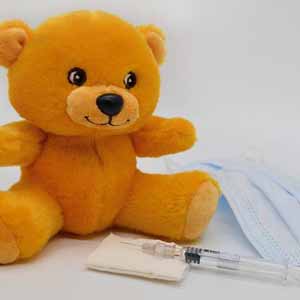 Smart Citations
Smart CitationsSee how this article has been cited at scite.ai
scite shows how a scientific paper has been cited by providing the context of the citation, a classification describing whether it supports, mentions, or contrasts the cited claim, and a label indicating in which section the citation was made.
Neuropsychological evaluation of cognitive disorders in children after COVID-19
The article presents the results of neuropsychological remote and face-to-face testing of 25 children aged 12 to 17 years in the nearest (during and 1-2 weeks after the treatment) and later period (2-12 months) after COVID-19 infection with predominant respiratory tract infection, organized in Ekaterinburg in the State Autonomous Institution "Children's Hospital № 8". Indication of family contact with patients with a new coronavirus infection was found in all patients, a positive nasopharyngeal swab for SARS-CoV-2 RNA by PCR was found in 58%, non-focal neurological complaints were found in 54% of children. The control group consisted of 25 pupils of Moscow comprehensive schools (14 girls and 11 boys) aged between 12 and 16 years who were examined before the pandemic. The methods included: investigation of the kinesthetic, spatial, dynamic, graphic praxis; auditory-motor coordination; visual, object-constructive gnosis; auditory-speech, visual memory; voluntary attention; thinking. Significant differences with the results of neuropsychological tests performed in children in the control group were found, allowing us to assert impairment of memory, attention, visual gnosis, visual-spatial function, kinesthetic and dynamic praxis, verbal and non-verbal component of thinking. According to A.R. Luria's theory, the topic of the disorders involves the temporo-parieto-occipital, mediobasal, frontotemporal parts of the brain, the reticular formation and limbic structures. This necessitates the development of corrective educational programs and an in-depth diagnostic algorithm that determines the morphological substrate of cognitive disorders in children, who have undergone COVID-19.
Downloads
How to Cite
PAGEPress has chosen to apply the Creative Commons Attribution NonCommercial 4.0 International License (CC BY-NC 4.0) to all manuscripts to be published.

 https://doi.org/10.4081/ejtm.2022.10685
https://doi.org/10.4081/ejtm.2022.10685





